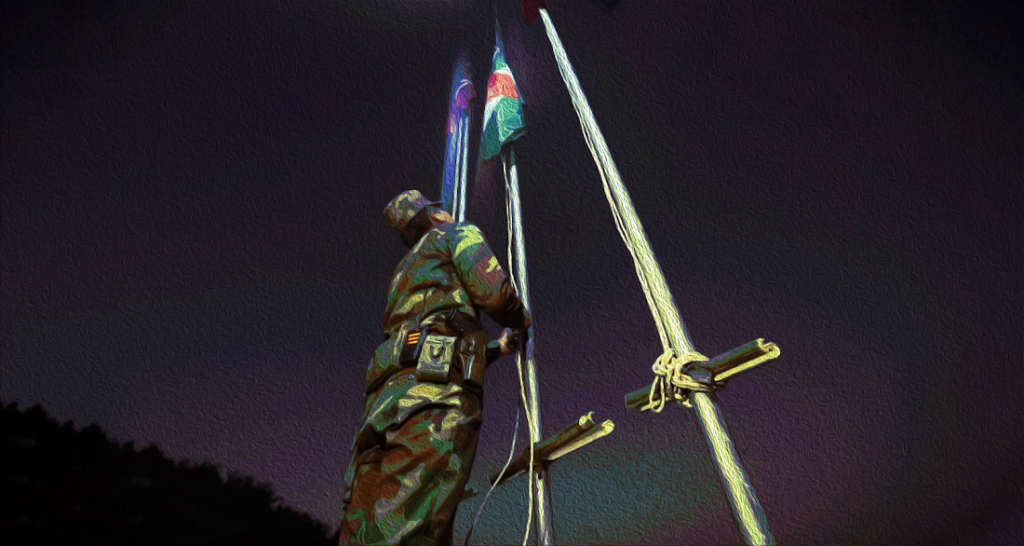Myanmar Spring Chronicle: Forecasting Myanmar’s Future
Published by MoeMaKa on February 23, 2024
As Myanmar continues to grapple with the aftermath of the 2021 military coup, the nation finds itself embroiled in a protracted civil war marked by shifting alliances and escalating violence. In the wake of Operation 1027, a milestone in the conflict that commenced on October 27, 2023, the dynamics of warfare and governance within Myanmar have undergone significant transformations.
Operation 1027 heralded a new phase in the civil war, characterized by intensified fighting and strategic territorial gains by anti-coup armed groups. Despite the Military Council’s concerted efforts to quell resistance, including punitive airstrikes and harsh reprisals against dissenting units, the balance of power has tipped in favor of the opposition forces. The emergence of the Northern Brotherhood Alliance, bolstered by formidable weaponry and resources, has raised suspicions of foreign backing, sparking speculation regarding external involvement in Myanmar’s internal strife.
While temporary ceasefires brokered by China have briefly alleviated hostilities, sporadic clashes persist in regions excluded from the agreements. The Arakan Army (AA) and the Kachin Independence Army (KIA) have capitalized on territorial gains, consolidating control over key towns and military installations in Rakhine and Northern Shan States, respectively.
Looking ahead, the trajectory of Myanmar’s conflict remains uncertain, with myriad possibilities shaping the nation’s future. Questions loom regarding the consolidation or fragmentation of military and political powers, the potential for further territorial gains by anti-coup forces, and the resolution of intergroup conflicts amidst shifting alliances.
The prospect of the Military Council’s collapse raises hopes for a transition to civilian rule, yet challenges loom on the path to national reconciliation. Establishing a federal or confederal system and navigating intergroup disputes will demand rigorous negotiations and consensus-building among disparate factions.
As armed groups fortify their positions and align with the National Unity Government (NUG) and local People’s Defense Forces (PDF), the contours of Myanmar’s political landscape are in flux. Whether the nation charts a course towards stability and democracy or descends further into conflict hinges on the ability of stakeholders to forge inclusive agreements and uphold the principles of unity and cooperation.
Amidst the uncertainties of war and governance, Myanmar stands at a crossroads, poised between the promise of peace and the specter of continued strife. As stakeholders weigh their options and alliances, the nation’s future hangs in the balance, awaiting the decisive actions that will shape its destiny.

